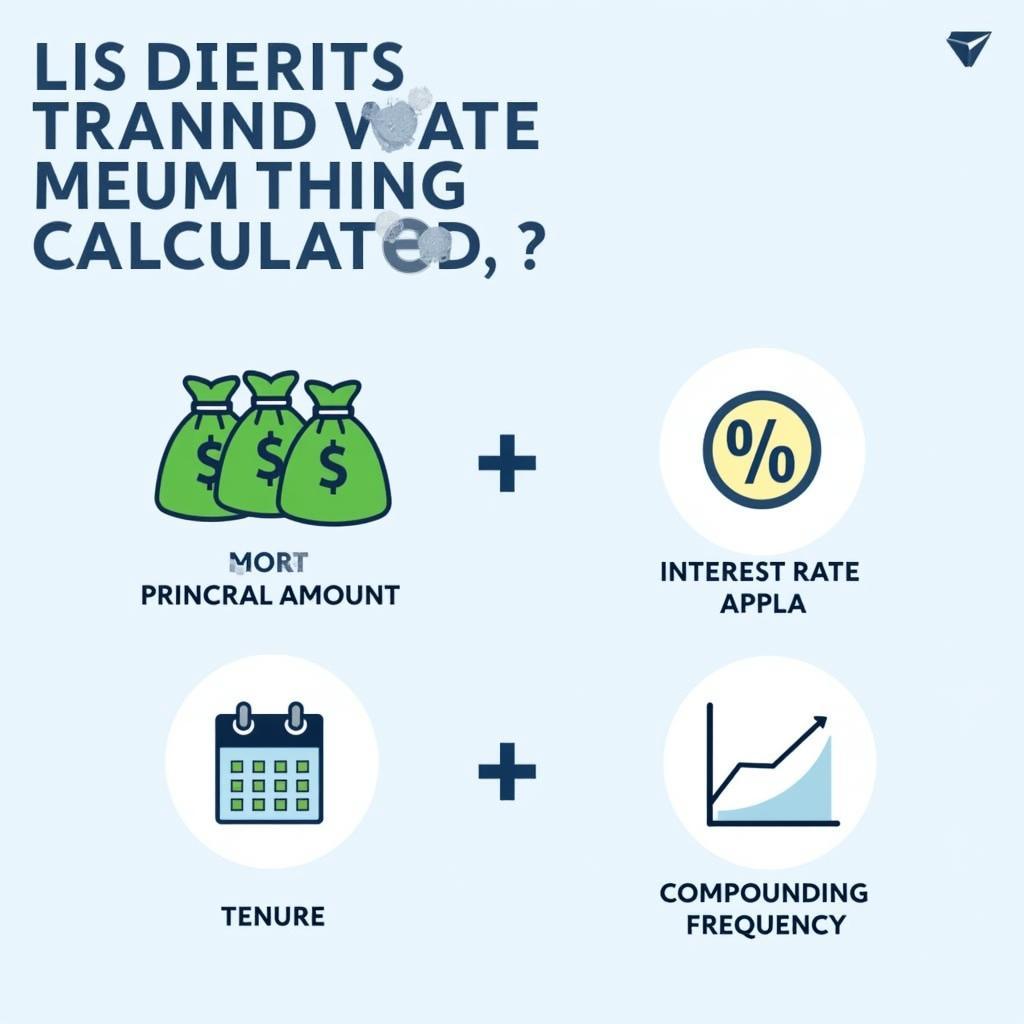Fixing a bad car scratch can seem daunting, but with the right approach, you can often achieve professional-looking results without breaking the bank. This guide provides a comprehensive overview of how to assess the damage, choose the right repair method, and execute the fix effectively.
First, you need to determine the severity of the scratch. Is it a light surface scratch or a deep gouge that penetrates the paint layers? Knowing this will dictate your next steps. A minor scratch might only require a simple rubbing compound, while a deeper one might necessitate touch-up paint, primer, and even sanding. Sometimes, putting the wrong fuel in your car can seem like a much bigger problem, but it can be fixed. For more information, you can check out the cost to fix wrong fuel in car.
Assessing the Scratch Depth
Start by washing the area around the scratch thoroughly. This removes any dirt or debris that could interfere with the repair process. Once clean, run your fingernail across the scratch. If your nail catches, it’s likely a deeper scratch requiring more than just a polish.
Identifying Clear Coat Scratches
If your fingernail doesn’t catch, the scratch is likely confined to the clear coat. These are the easiest to fix and can often be buffed out with a polishing compound.
DIY Car Scratch Repair: A Step-by-Step Guide
For minor scratches, a polishing compound and a microfiber cloth are usually sufficient. Apply the compound in small, circular motions, gradually working it into the scratch. Buff the area until the scratch disappears.
Repairing Deeper Scratches: A Multi-Step Process
Deeper scratches require more attention. You’ll need to clean the area, sand the scratch lightly with fine-grit sandpaper, apply primer if necessary, and then carefully apply touch-up paint. Allow each layer to dry completely before applying the next. A clear coat application finishes the process, protecting the repair and blending it seamlessly with the surrounding paint. Remember, patience is key for a professional-looking result. Wondering what it costs to fix diesel in a petrol car? Check out this guide: how much to fix diesel in petrol car.
When to Call a Professional
While minor scratches can be tackled at home, significant damage or deep gouges are best left to the professionals. Attempting complex repairs yourself can worsen the problem, ultimately costing you more in the long run. If you are unsure about your ability to fix the scratch effectively, it’s always best to consult a professional. It’s important to understand the potential expenses associated with incorrect fueling. Find out more about the putting petrol in diesel car cost to fix.
Preventing Future Scratches: Protecting Your Car’s Paint
Protecting your car’s paint from scratches in the first place is the best approach. Regular waxing creates a protective layer that can minimize damage from minor abrasions. Parking carefully and avoiding tight spaces also reduces the risk of scratches.
“Preventing scratches is much easier than repairing them,” advises John Smith, Automotive Detailing Specialist at Perfect Finish Auto Detailing. “A good wax job every few months can make a world of difference.”
Conclusion
Learning How To Fix A Bad Car Scratch can save you money and keep your car looking its best. By following these steps and assessing the damage accurately, you can often achieve excellent results. Remember to be patient and meticulous throughout the process. However, for extensive damage, consulting a professional is always the wisest course of action. Need help with removing carbon buildup in your car? This article could be useful: fix carbon build up in car with seafoam. Connect with AutoTipPro at +1 (641) 206-8880 or visit our office at 500 N St Mary’s St, San Antonio, TX 78205, United States for further assistance with your car repair needs. We’re here to help you keep your car in top condition! Dealing with a diesel mishap? Learn about fixing mistake diesel in car.





Leave a Reply